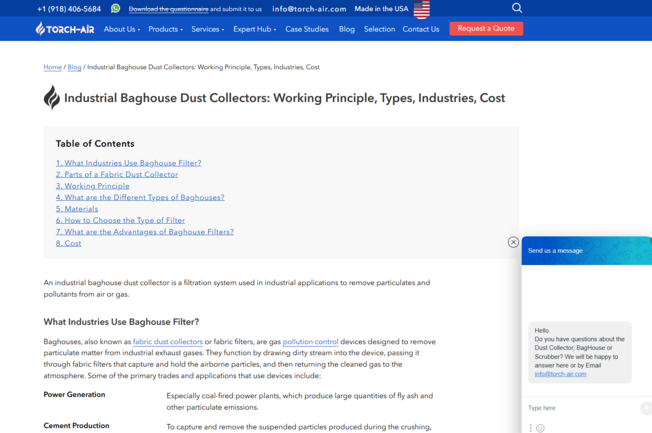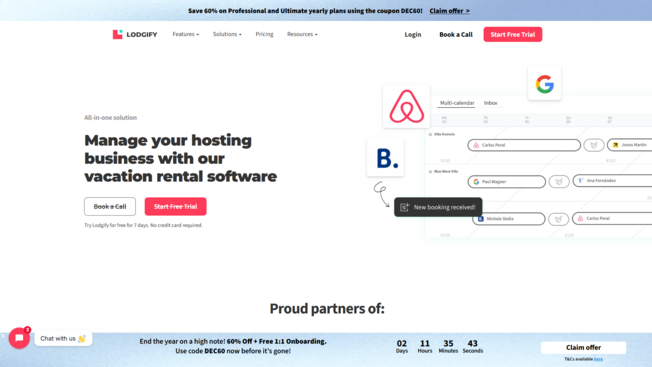
Sep 13, 2022 at 00:00
Why the world needs a global classroom. - tbtech
A click of the mouse, a few key taps, and you'll enjoy free, unlimited access to our website.
Get Started

Publish your post on the GeniusU platform and share it with the community
Add Article




Suki Singh

Suki Singh


Suki Singh

Essential Resources for New Airbnb Hosts
Safdar Ali

Leave a Reply